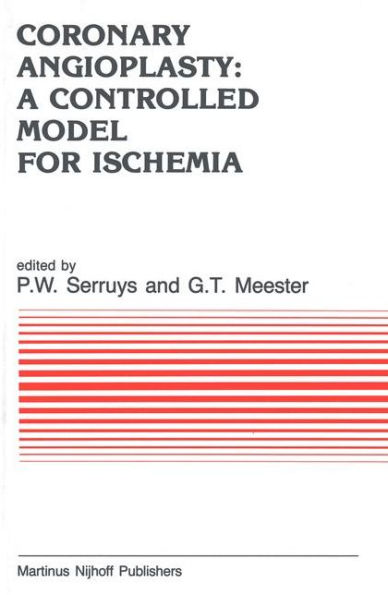5
1
9780898388190


Coronary Angioplasty: A Controlled Model for Ischemia / Edition 1 available in Hardcover

Coronary Angioplasty: A Controlled Model for Ischemia / Edition 1
- ISBN-10:
- 0898388198
- ISBN-13:
- 9780898388190
- Pub. Date:
- 10/31/1986
- Publisher:
- Springer Netherlands
- ISBN-10:
- 0898388198
- ISBN-13:
- 9780898388190
- Pub. Date:
- 10/31/1986
- Publisher:
- Springer Netherlands
219.99
In Stock

Product Details
| ISBN-13: | 9780898388190 |
|---|---|
| Publisher: | Springer Netherlands |
| Publication date: | 10/31/1986 |
| Series: | Developments in Cardiovascular Medicine , #58 |
| Edition description: | 1986 |
| Pages: | 188 |
| Product dimensions: | 6.14(w) x 9.21(h) x 0.36(d) |
From the B&N Reads Blog
